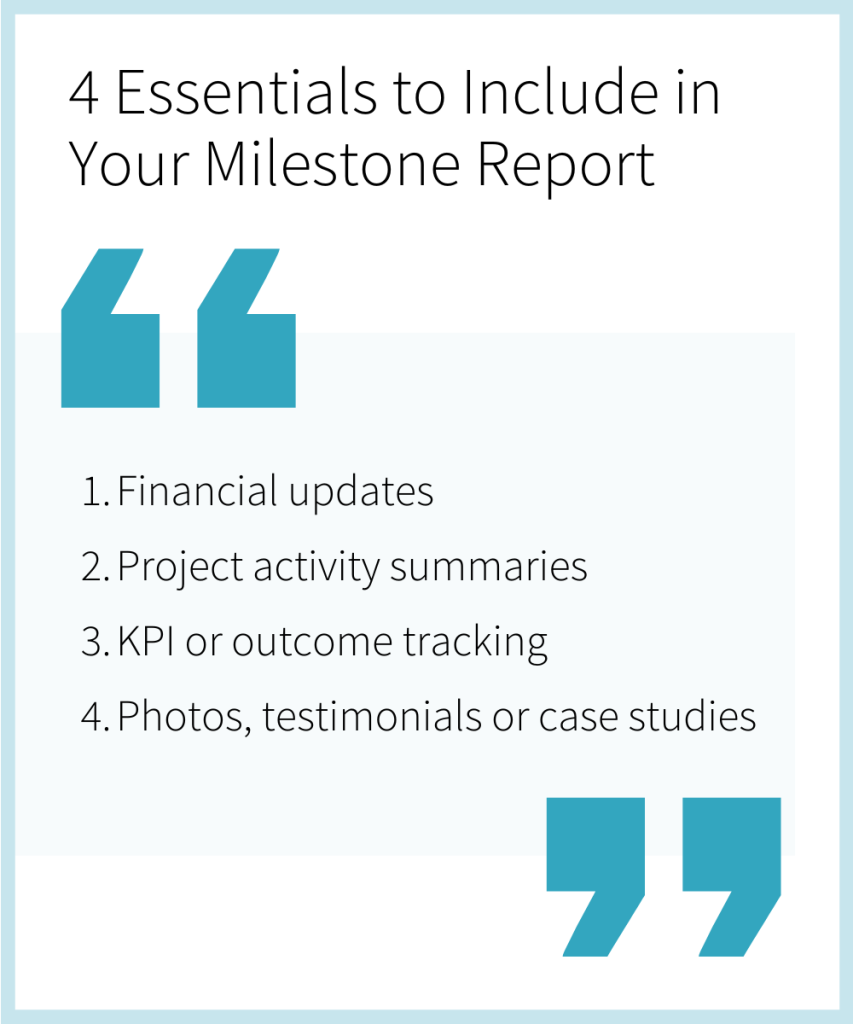By Janine Owen, Founder and CEO of Grant’d
Writing a grant can sometimes feel like translating another language. Funders have their own terminology, and getting familiar with it can save you time, improve your applications, and help you avoid common mistakes.
Here are ten key terms every grant seeker should know, with deeper context and real-world insight:
- Eligibility criteria
- Assessment criteria
- Co-contribution
- In-kind support
- Funding agreement
- Milestone reporting
- Acquittal
- Letters of support
- Matched funding
- Auspicing
1. Eligibility criteria
The non-negotiables. These are the rules that define who can apply. They might relate to your business structure, size, location, turnover, tax status (like DGR or TCC), or the purpose of the funding.
Example:
A regional small business grant may only accept applications from ABN-holding businesses operating outside metropolitan areas with under 20 full time employees (FTEs). Some require applicants to have been trading for a certain number of years, or to have a minimum revenue.
Why it matters:
If you don’t meet the core eligibility, your application won’t even be assessed. Even strong projects will be knocked out early if the box can’t be ticked.
Expert’s tip:
Always read eligibility before anything else. If something’s unclear, call the funder. And if you’re unsure, don’t assume – ask.
Need support understanding grant eligibility?
Chat with our team to get clarity before you apply.
2. Assessment criteria
This is how your application will be scored. Every funder has assessment criteria that reflect what matters to them. Your job is to write directly to these points.
Common criteria include:
-
- How well your project aligns with the funder’s goals or priorities
-
- The strength and clarity of your project plan
-
- Organisational capacity to deliver what you’re proposing
-
- Value for money and efficient use of funds
-
- Expected outcomes and how they’ll be measured
Expert’s tip:
Use each criterion as a heading or structure in your responses. Don’t make assessors go hunting for the information – make it easy and obvious.
3. Co-contribution
Some grants require you to contribute to the project financially. This might be a dollar-for-dollar match, or a percentage of the total cost.
Example:
If you’re applying for a $50,000 grant with a 50% co-contribution requirement, you need to put in $50,000 of your own (or sourced) funds.
Why it matters:
Co-contributions demonstrate buy-in, lower the funder’s risk, and are often seen as a measure of your commitment.
Expert’s tip:
Some grants don’t allow in-kind contributions to count toward the match. Always check the guidelines carefully and confirm the source of your match is eligible.
4. In-kind support
In-kind support refers to non-cash resources that contribute value to your project. These are goods or services provided either by your organisation or by partners, volunteers, or sponsors, without a direct financial transaction.
Examples include:
-
- Donated venue or meeting space
- Volunteer hours (often calculated using a standard hourly rate)
- Loaned equipment or technology
- Pro bono professional services, like legal advice, graphic design, or evaluation support
- Advertising or promotional support at no cost
Why it matters:
In-kind contributions demonstrate that your project has support beyond the grant. They show resourcefulness, partnership, and a broader commitment to success. In many cases, in-kind support can also be included in your project budget to reflect the true value of the initiative — and in some grant programs, it may count toward your co-contribution.
Expert’s tip:
Always estimate the value of in-kind support accurately and explain how you calculated it. Where possible, include a letter of confirmation or a memorandum of understanding (MOU) from the person or organisation providing the support.
This strengthens your application and builds trust with the funder.
5. Funding agreement
If your application is successful, you’ll be asked to sign a funding agreement: a legal contract that outlines how the grant must be used and what you’re committing to deliver. This document covers everything from project timelines and approved budget items to reporting obligations and branding requirements.
Why it matters:
Once signed, you’re legally responsible for meeting the terms of the agreement. That includes hitting your milestones, delivering on promised outcomes, and using the funds exactly as stated.
Expert’s tip:
Take the time to read every clause carefully. If you’re unsure about anything, get legal or financial advice before signing.
6. Milestone reporting
Most grants don’t just hand over funds and walk away. You’ll usually need to submit progress reports at key points throughout the project. These are called milestone reports, and they demonstrate how the work is tracking.
What’s included:
-
- Financial updates
- Project activity summaries
- KPI or outcome tracking
- Photos, testimonials or case studies
Expert’s Tip:
As soon as you sign the funding agreement, enter all milestone dates into your calendar. Missing deadlines or submitting incomplete reports can delay payments or impact future funding.

7. Acquittal
The acquittal is the final report you submit after your project is complete. It shows how the grant money was spent and what was achieved.
What to expect:
-
- A full financial breakdown matching your approved budget
- A report on project outcomes and impacts
- Evidence such as receipts, media, photos, or evaluations
Expert’s tip:
Don’t leave this to the last minute. Start collecting data and documentation from day one so your acquittal is accurate, thorough, and stress-free.
8. Letters of support
These are written endorsements from individuals, organisations, or stakeholders who back your project. They show that others believe in your idea, are willing to partner with you, or will benefit from the outcome.
Example:
A local council might provide a letter confirming they’ll offer a venue, help promote the program, or provide referrals.
Expert’s tip:
Tailor each letter to the funder and the project. Generic or copy-paste letters won’t carry much weight. Ask for letters early and provide key points to make it easy for your supporters to write something strong.
9. Matched funding
This is where you’re required to contribute an amount equal (or proportional) to the grant you’re applying for. It could be through your own funds, other grants, or investment
Why it matters:
Funders use matched funding to stretch their resources further and to see that you’re equally committed to the project’s success
Expert’s tip:
Some grants will only accept external sources for your matched funding, for example investment capital or a confirmed co-funder. Internal revenue or in-kind contributions might not count. Always read the guidelines closely.
10. Auspicing
Auspicing is when an eligible organisation applies for and manages a grant on behalf of a group or business that doesn’t meet the funder’s eligibility criteria.
How it works:
-
- The auspice organisation takes legal and financial responsibility
- You deliver the project under their oversight
- Both parties sign a formal agreement defining who does what
Example:
A grassroots creative collective without legal status might partner with an established not-for-profit to auspice a grant for an arts festival.
Expert’s tip:
Choose your auspice partner carefully. Trust, clear communication, and strong governance are essential. Always have a written agreement outlining roles, reporting, and how funds will be managed
Final thought
Understanding the language of grants gives you power. It helps you write better, present stronger, and stay confident through the process.
Bookmark this glossary. Share it with your team. The more fluent you are, the fewer roadblocks you’ll hit.
About the author
Janine Owen is the Founder of Grant’d – Australia’s first AI-powered grants platform, built to help businesses, charities and community organisations find and win funding faster.
With over 20 years’ experience in fundraising and more than $100 million raised for some of Australia’s most impactful organisations, Janine now leads Grant’d with a mission to make grants more accessible, strategic, and human.
Learn more at grantd.com.au
Need support turning all this grant knowledge into action?
At FundFindrs, we help businesses simplify and manage the entire grant process: from identifying the right opportunity to submitting a standout application.
Contact us for a FREE consultation and let’s get your funding journey underway.



